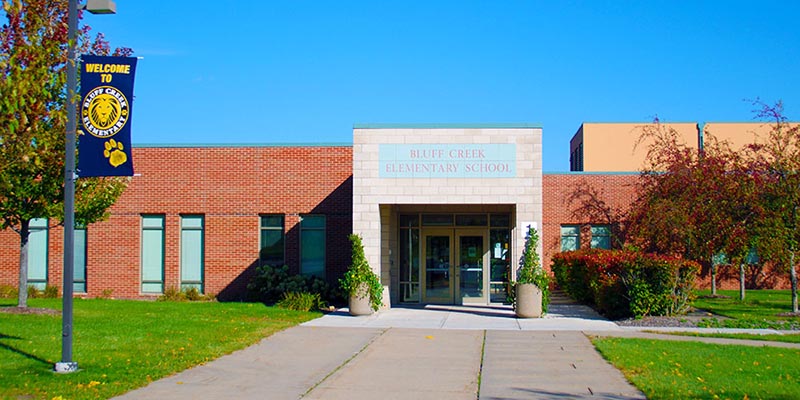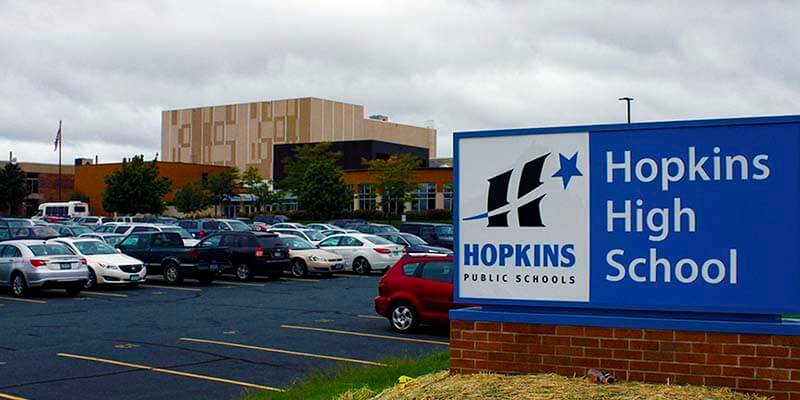Posted by Realtor David Olson 952.314.9446
City of Burnsville: A Brief History
The earliest inhabitants of the Burnsville area were the Mdewakanton Dakota Indians. Around 1750, Chief Black Dog established a permanent village between Black Dog Lake and the Minnesota River, near the present site of the Black Dog Power Plant. After the Dakota nation ceded land in 1851 and moved to Chief Shakopee’s village in Prior Lake, the area was settled by numerous Irish, Scottish, and Norwegian farmers from Saint Paul.
One of these Irish settlers was a man by the name of William Byrne. In 1850, Byrne settled near the Scott County line at the present day junction of County Road 34 and Judicial Road. There he donated land for a church, school, and cemetery as well as serving as Town Chairman. In 1858, the Dakota County Board authorized the creation of Burnsville Township. The township bordered the Minnesota River to the North, Eagan and Apple Valley to the east, Scott County the west, and Lakeville to the south. The township originally comprised of what is the current-day downtown of Savage (which was named Hamilton at that time) until county border revisions by the legislature.
Burnsville was considered a long distance from Minneapolis in the early to mid 19th century. In 1864, rail access came and Burnsville developed into a resort town. The township boasted cottages along Crystal Lake, Orchard Lake, and Marion Lake in nearby Lakeville. The Bloomington Ferry provided river crossings until the finished construction of the Bloomington Ferry Bridge in 1889. The Lyndale Avenue Drawbridge opened next to Black Dog Lake in 1920 extending Minneapolis’ north-south highway to the southern, rural communities like Burnsville. Even still, it remained a quiet township with a population around 600 hundred people. School was taught in a one-room schoolhouse that contained up to eight grades.
With the arrival of Interstate 35W in 1960, Burnsville began to experience its largest population boom that would last for two decades. The interstate ran straight through the heart of the city, bringing with it both new residents and business. The population of Burnsville accelerated by 20,000 from 1960 to 1970. After defeating an annexation by the city of Bloomington, Burnsville was officially incorporated in 1964. Soon after, the city experienced mass housing development.
In 1977, Burnsville Center opened and created a popular retail strip on County Road 42. Ever since the city has focused on managing its increasing growth with alternative transportation options, diverse housing projects, and the “Heart of the City” project. In the 1990’s Burnsville approached built-out and changed focus to rehabilitation and redevelopment of existing structures.
The city of Burnsville really is a wonderful place for people of all ages to enjoy nature and the family friendly community within it. If you’re looking to sell or buy a home in Burnsville, or have questions about the parks, schools, history, or additional amenities in this wonderful community, please feel free to call Realtor David Olson at 952.314.9446 or visit www.DavidOlsonRealEstate.com.
Welcome to the “South Ridge Falls” Neighborhood in Chaska
Welcome to the “Old Audubon” Townhomes in Chaska
Related City Articles



































